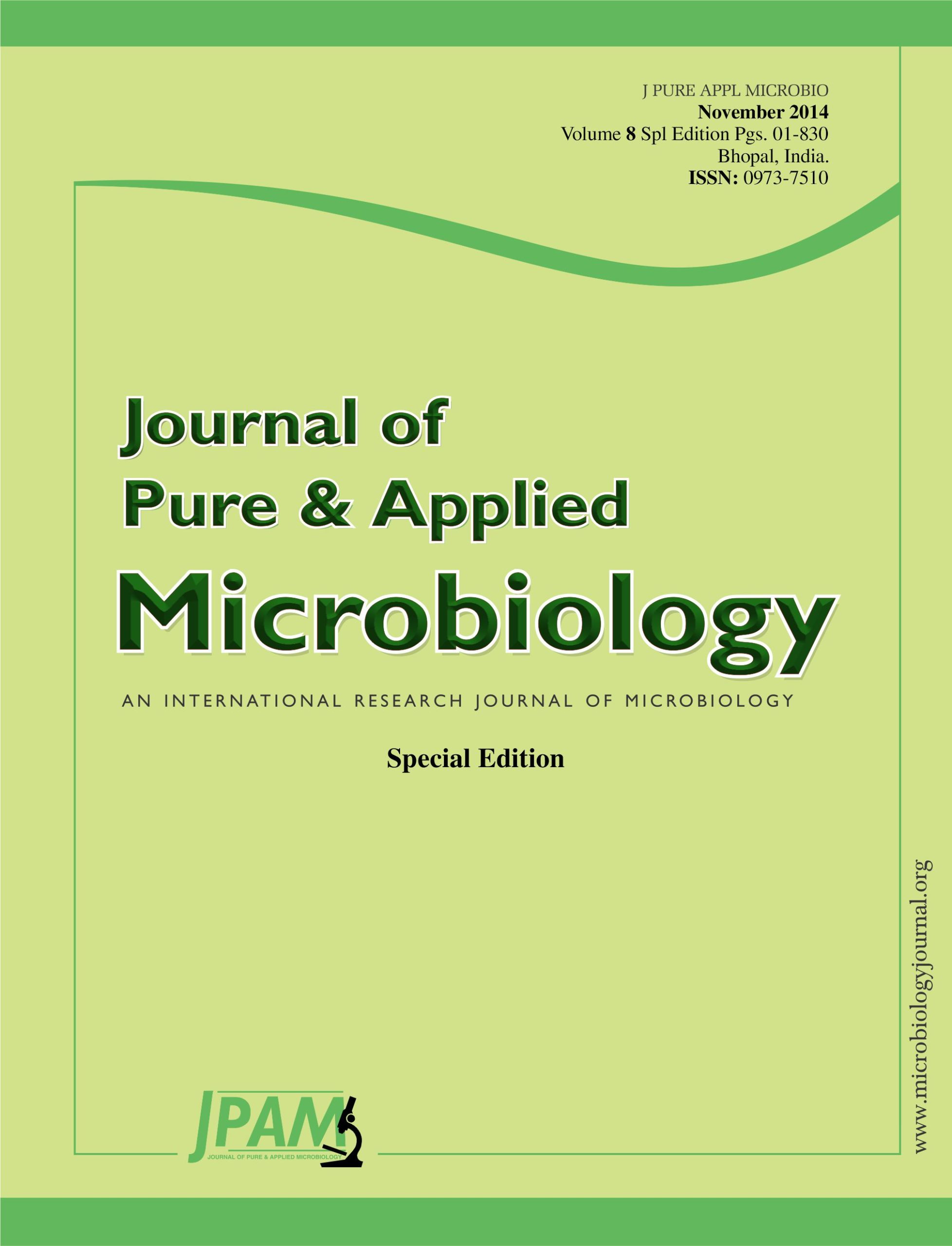The desert horned vipers (Cerastes cerastes gasperettii; C. c. gasperettii) are the most familiar snakes of the great deserts of North Africa and the Middle East, including the Saudi Arabia. They are responsible for many human snake bites. The current study was designed to investigate the hematological effects and oxidative stress induction in lung, heart and spleen after C. c. gasperettii envenomation. Thirty six male Swiss albino mice were randomly divided into 2 groups, Control group injected intrapretoneally (i.p.) with saline or LD50 dose envenomed group i.p. injected with venom at a dose of 978 µg/kg body weight (bwt). Mice were sacrificed after 1, 3 and 6 hrs from the injection. The number of white blood cells (WBC) was counted in envenomation and non-envenomation groups. Also, hemoglobin (Hb) was determined. In addition, lipid peroxidation (LPO), nitric oxide (NO), glutathione (GSH) levels and catalase (CAT) activity were measured in lung, cardiac and splenic homogenates. Statistical analyses were carried out using the unpaired student t test. The differential WBC count showed difference between envenomated and non-envenomated mice, which was mainly attributable to increase in neutrophils, monocytes eosinophils, and basophils in the envenomation mice (p<0.001). In the envenomation mice, the amounts of Hb were significantly lower compared to those of the non-envenomation group (p<0.001). In addition to the hematological alterations, C. c. gasperettii envenoming was associated to significant increasing in oxidative stress levels. Moreover, congestion of the alveolar capillaries in lung, inflammatory cell infiltration and myonecrosis in heart and splenomegaly were observed after 6 hrs of envenomation. Based on these observations, we may conclude that the LD50 of C. c. gasperettii venom causes hematological alternations in mice, characterized by elevated oxidative stress levels and histological alterations in heart, lung and spleen tissues.
Cerastes cerastes gasperettii, Blood elements, Oxidative stress, Mice
© The Author(s) 2014. Open Access. This article is distributed under the terms of the Creative Commons Attribution 4.0 International License which permits unrestricted use, sharing, distribution, and reproduction in any medium, provided you give appropriate credit to the original author(s) and the source, provide a link to the Creative Commons license, and indicate if changes were made.


